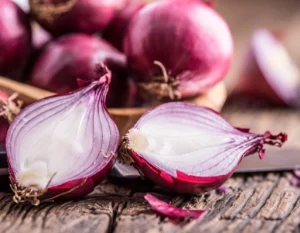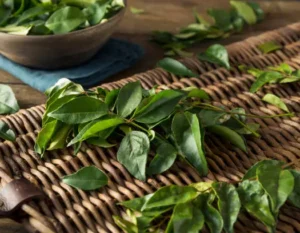Rauvolfia is a plant that has been used in traditional medicine for centuries. The root of the plant is the most important part, and it contains a number of alkaloids, including reserpine. Reserpine is a powerful antihypertensive agent, and it is also used to treat anxiety and other conditions. Rauvolfia alkaloids belong to the general class of medicines called anti hypertensives. They are used to treat high blood pressure (hypertension). High blood pressure adds to the workload of the heart and arteries. If it continues for a long time, the heart and arteries may not function properly.
This can damage the blood vessels of the brain, heart, and kidneys, resulting in a stroke, heart failure, or kidney failure. High blood pressure may also increase the risk of heart attacks. These problems may be less likely to occur if blood pressure is controlled. Rauvolfia alkaloids work by controlling nerve impulses along certain nerve pathways. As a result, they act on the heart and blood vessels to lower blood pressure.
An equivalent dose of pure Rauvolfia alkaloids, also known as alseroxylon extract or pure reserpine, can also be used to treat hypertension. Rauvolfia is used to treat a variety of conditions, including:
- Hypertension (high blood pressure)
- Menstrual disorders
- Anxiety
- Snake bites
- Depression
- Insect bites
- Insomnia
Rauvolfia alkaloids belong to the general class of medicines called antihyper-tensives. They are used to treat high blood pressure (hypertension). High blood pressure adds to the workload of the heart and arteries. If it continues for a long time, the heart and arteries may not function properly. This can damage the blood vessels of the brain, heart, and kidneys, resulting in a stroke, heart failure, or kidney failure. High blood pressure may also increase the risk of heart attacks. These problems may be less likely to occur if blood pressure is controlled. Rauvolfia alkaloids work by controlling nerve impulses along certain nerve pathways. As a result, they act on the heart and blood vessels to lower blood pressure.
Biological Sources –
The drug Sarpagandha consist of the dried roots of Rauwolfia serpentina.






Reviews
There are no reviews yet.